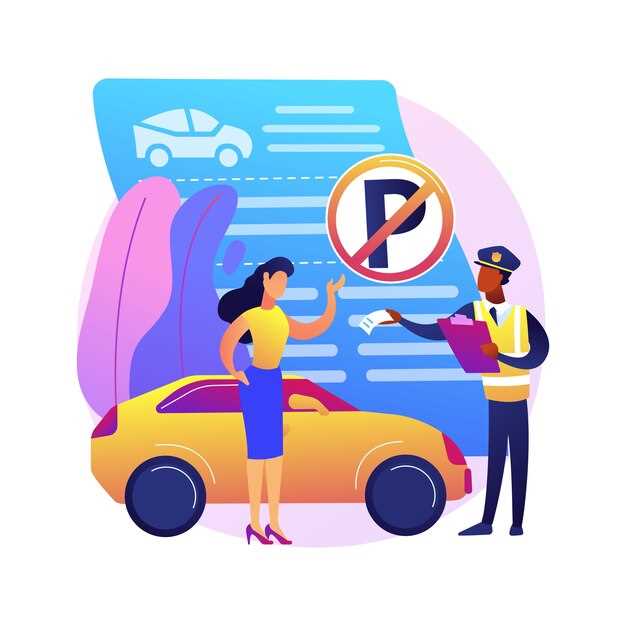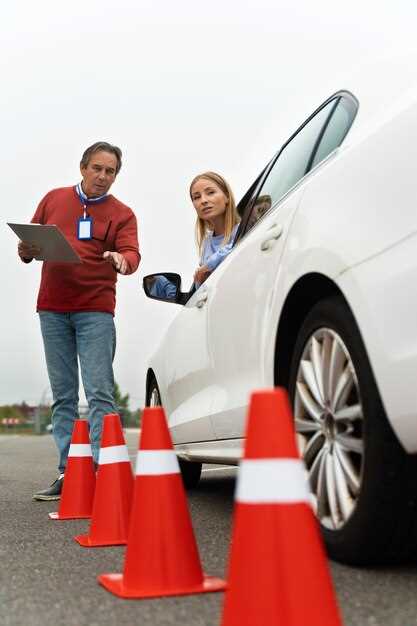
In the world of driving, understanding the nuances of emergency stops can be a critical factor in ensuring safety on the roads. Whether faced with an unforeseen obstacle, a mechanical failure, or a sudden change in traffic conditions, knowing how to execute an emergency stop effectively can prevent accidents and save lives. This guide aims to provide drivers with essential knowledge and techniques to handle emergency stop situations confidently.
One of the fundamental aspects of executing a successful emergency stop is recognizing the warning signs early. Awareness of the road environment is crucial; being alert to changes in traffic patterns or unexpected hazards can greatly enhance reaction times. Additionally, understanding your vehicle’s capabilities, such as braking distance and traction, allows for a more informed approach when a quick stop is necessary.
Moreover, it is important to practice the techniques involved in emergency stops. Proper training not only equips drivers with the necessary skills but also builds muscle memory. This preparation can make a significant difference when a driver’s reflexes are tested in a real emergency. By integrating effective methods and regular practice, drivers can significantly improve their handling of urgent situations.
Understanding the Right Time to Perform an Emergency Stop

Knowing when to perform an emergency stop is crucial for ensuring safety on the road. An emergency stop involves applying the brakes suddenly to prevent a collision or to avoid an unexpected obstacle. The right moment to execute this maneuver can significantly reduce the risk of accidents.
Recognizing Potential Hazards is the first step. Look for signs of danger, such as a vehicle suddenly cutting into your lane, pedestrians unexpectedly stepping onto the road, or animals darting across your path. Awareness of your surroundings, including the behavior of other drivers, is essential.
Assessing Distance and Speed also plays a vital role. If you are traveling at high speeds, allowing ample distance for braking is necessary. Conversely, lower speeds provide more time to react with less severe consequences. Understanding stopping distances can help you determine when it is necessary to stop suddenly.
Utilizing Defensive Driving Techniques can aid in recognizing safe stopping conditions. Anticipate potential road hazards by maintaining a safe following distance, scanning the road ahead, and being prepared for sudden changes in traffic flow. This proactive approach may grant you the additional time needed to perform an emergency stop if required.
Understanding Road Conditions is crucial as well. Wet or icy pavement requires longer stopping distances, and visibility can be reduced in foggy or nighttime conditions. Be cautious when driving under unfavorable weather circumstances, as they can impact your vehicle’s braking ability.
Ultimately, performing an emergency stop should be a calculated decision based on a combination of awareness, speed, distance, and road conditions. Staying alert and prepared can help you make the right call in critical situations, reducing the risk of accidents and enhancing overall road safety.
Step-by-Step Procedure for Executing an Emergency Stop Safely
When faced with a sudden need to halt your vehicle immediately, executing an emergency stop correctly can prevent accidents and injuries. Follow this structured approach to perform an emergency stop safely:
1. Assess the Situation
Quickly evaluate the surroundings. Determine the reason for the stop, such as an obstacle, pedestrian, or a vehicle suddenly braking. Check your rearview mirrors for approaching traffic.
2. Signal Your Intent
If time allows, activate your hazard lights to alert other drivers about your intention to stop. This can help prevent rear-end collisions.
3. Firmly Grip the Steering Wheel
Hold the wheel with both hands to maintain control of the vehicle during the stop. Keep your eyes focused ahead and on the road.
4. Apply the Brakes
Press the brake pedal firmly and consistently. Do not pump the brakes; instead, apply steady pressure to avoid skidding. If your car has anti-lock brakes (ABS), continue to apply pressure without releasing it.
5. Downshift (if necessary)
If you are driving a manual vehicle, downshift to a lower gear while braking to help slow down effectively. This gives you additional control and stability.
6. Prepare for Impact
If you cannot avoid a collision, brace yourself by pressing your head against the headrest and placing your arms across your chest. This position helps minimize injury.
7. Come to a Complete Stop
Continue braking until the vehicle comes to a complete stop. Avoid abrupt movements that could destabilize the vehicle, especially on slippery surfaces.
8. Check Surroundings
Once stopped, check your mirrors and surroundings for any potential hazards. Be aware of oncoming traffic before you proceed to move again.
9. Restart Your Journey
If it is safe, re-engage with the traffic flow. Proceed cautiously, ensuring you have adequate visibility and time to react to other vehicles.
10. Review the Incident
After the emergency stop, contemplate the circumstances that led to the situation. Understanding the triggers can help improve future driving safety.
Common Mistakes to Avoid During Emergency Stops

One of the most critical skills a driver can possess is the ability to perform emergency stops effectively. However, several common mistakes can compromise safety and increase the risk of accidents.
First, one major error is not maintaining adequate distance from the vehicle ahead. Failing to keep a safe following distance can significantly reduce reaction time and limit stopping capability in sudden emergencies. Always ensure there is enough space to react if the vehicle in front of you suddenly halts.
Additionally, applying brakes too harshly can lead to loss of control. Many drivers instinctively slam the brakes, resulting in skidding or fishtailing, especially on wet or icy roads. Instead, it is crucial to apply the brakes firmly but gradually to ensure maximum control while slowing down.
Ignoring the surrounding environment is another common mistake. Drivers may focus solely on the vehicle in front and neglect to check mirrors or blind spots. It is essential to be aware of other vehicles, pedestrians, and road conditions to avoid secondary collisions.
Another pitfall involves hesitation when deciding to stop or not. Overthinking the situation can lead to delays in responding appropriately. Drivers should trust their instincts and react decisively, rather than second-guessing their judgment in critical moments.
Furthermore, failing to signal intentions can confuse other road users. In an emergency stop situation, using hazard lights promptly can alert fellow drivers to your actions. This communication can prevent potential accidents caused by unexpected stopping behavior.
Lastly, neglecting to practice emergency stopping techniques can leave drivers unprepared. Regular practice in a safe environment helps build confidence and proficiency, making it easier to respond appropriately when an emergency arises.